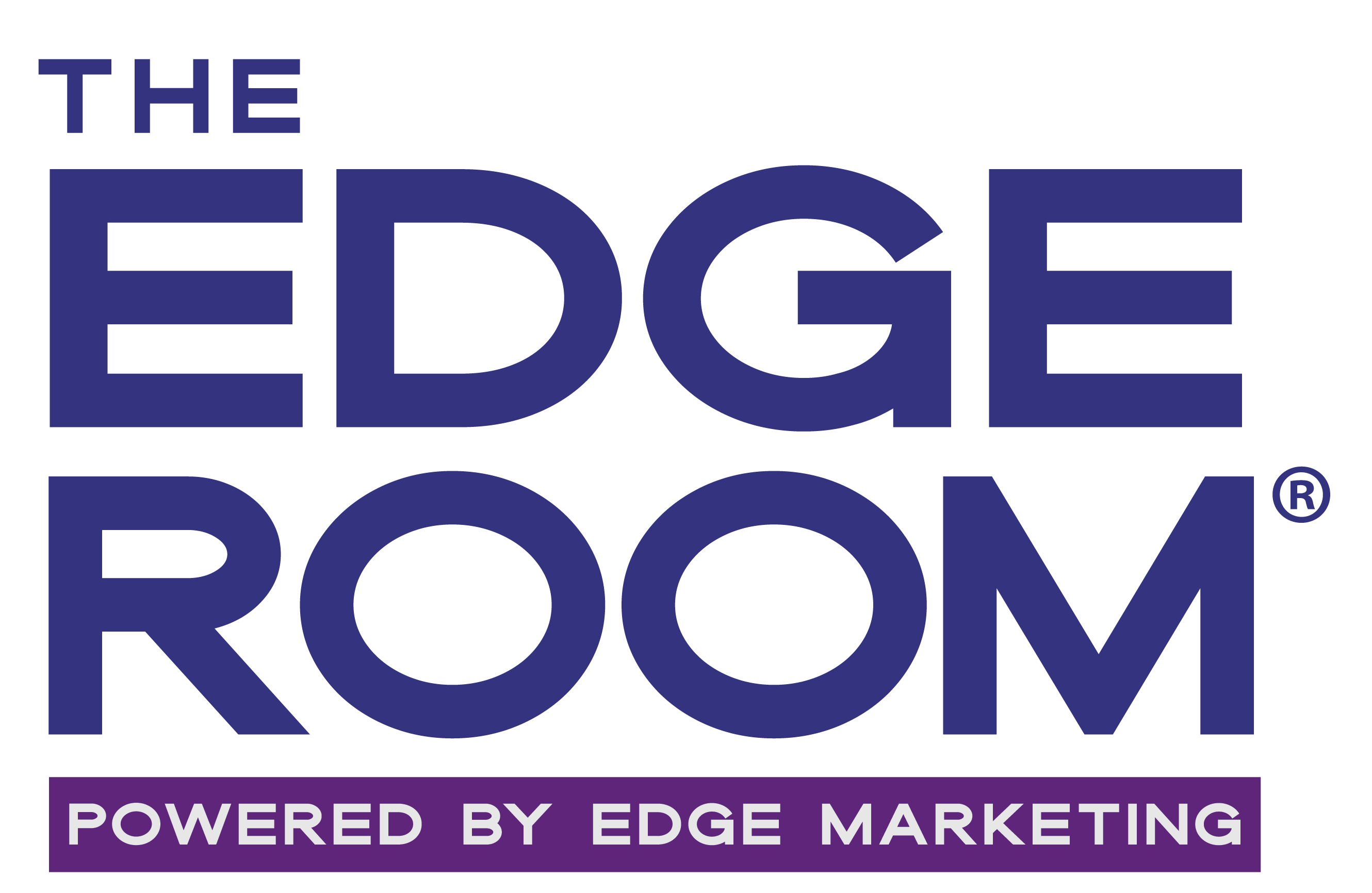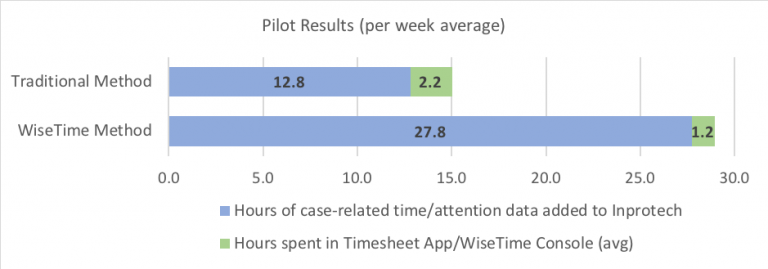Merlin Search Technologies today announced the release of Merlin Integrated Search (IS), a revolutionary new cloud-based software platform for investigations, discovery and compliance. Merlin IS is the first Search 2.0 platform, the first to offer keyword and algorithmic search in a user-friendly, integrated system. Drawing from the latest cutting edge search and machine-learning technology, the platform is purpose-built to make search smarter, review faster and discovery more affordable.
“Search 2.0 gives you the best of both worlds, the utility of simple keywords and the power of AI machine learning,” explained David Greetham, Founder of PC Forensics and former head of Ricoh’s E-Discovery Business Unit. “It represents a huge leap forward over keyword searching alone and will change the way the world searches large document populations forever,” he predicted.
Introducing Sherlock
Merlin IS is powered by Sherlock, the world’s first AI-driven digital document bloodhound and the backbone of Merlin’s Search 2.0 platform. In milliseconds, literally the blink of an eye, Sherlock can analyze the documents a user has seen, build a machine-learning model, apply it to the rest of the population and then return other highly-relevant documents to further the investigation. Simply put, Sherlock eliminates the need to craft complicated keyword searches, instead employing smart algorithms to fetch relevant documents faster, more easily, and at lower cost than traditional keyword search.
“Sherlock will revolutionize document search the way Pandora revolutionized how we find great music,” explained John Tredennick, Merlin’s CEO and founder. “Users simply click ‘Thumbs Up’ or ‘Thumbs Down’ and Sherlock does the rest, quickly surfacing additional relevant documents.”
“We built Sherlock to be fast and scalable–an order of magnitude faster than anything on the market,” explained Dr. William Webber, PhD, Merlin’s Chief Data Scientist. “Sherlock can analyze selected documents, build a machine-learning model, apply it to a million documents, and bring back more relevant documents in 100 milliseconds. That is faster than the blink of an eye. Sherlock can do ten million documents in a second,” he explained.
Rave Reviews for Sherlock
Merlin IS is currently being used on a limited basis for several high-stakes regulatory matters as it transitions from beta. Initial reviews have been extremely positive:
“Using Sherlock in a high stakes regulatory matter, we learned more about our documents in a few days than in months with another vendor. Merlin Integrated Search is excellent – saving time for counsel and costs for clients. We can’t wait to do more with it!”
Dara Tarkowski, partner and founder of Actuate Law.
“I poked around using what I know are responsive docs and I put in a competitor name (not a party to the matter). I went into Sherlock and gave the thumbs up to a few documents and suddenly I saw highlighted terms that go straight to the heart of the matter. Sherlock knows what the case is about! What amazing magic is this? It’s almost spooky.”
Deborah Temkin, CA, CFE, Managing Member of Trace Forensic Experts, a national investigations firm.
Sherlock can be used for a wide range of search needs, going well beyond e-discovery. “A large team from a major healthcare provider has been using the beta version for many months,“ Tredennick explained. “They believe Sherlock will be a game changer for searching medical records along with medical research. We are also working with senior people from a government agency in Singapore that is interested in using Sherlock for major criminal and civil investigations.”
Awards
Although a recent startup, Merlin has already been named a winner or is short listed for several upcoming legal innovation awards sponsored by the American Bar Association or American Lawyer Media. The Merlin team will be introducing Sherlock at the ABA Techshow in Chicago and will be presenting at ALM Legalweek in New York in March. Tredennick will also be joined by David Greetham and Deborah Temkin for an Emerging Technology presentation during Legalweek on Friday, March 11, 2022.










